|
All you fellow presenters out there, this is interesting:
http://www.scottberkun.com/blog/2012/why-i-hate-prezi/ I agree on a lot of his points, and there's some good discussion in the comments section, too. Here are things I've been keeping in mind lately during presentation prep: 1. You have too many slides. No, still too many (This mentality helped me recently cut 60 slides down to 30. And yes, that was still too many, but it's much better than where I started.) 2. No more than 20 words on a slide, ever. Slides should enhance what you say, not be your actual script. 3. Screw transitions and unnecessary animations. 4. Prep with the idea the computer and projector are going to be broken and you'll have to talk without the slides. It's a problem if you spend more time looking at your slides than at your audience. 5. A couples hours of that kind of prep will help you figure out what you're actually trying to convey. Once you've got that sorted, rework the slides. Or better yet, do this before you even start creating slides.
0 Comments
There are a number of issues with this design - the color scheme is harsh, the spacing inside that yellow text box is odd, and the text at the bottom is difficult to read on a busy background, despite the inclusion of an outline on the text and copious drop shadows everywhere. I address all these concerns in the redesign, but for this post I'm going to focus on those drop shadows. I've been doing print design long enough to remember the days when there was some work involved to add a drop shadow to an element. One of the nice things about modern design software is how easy it is to apply effects like drop shadows on the fly. But to paraphrase Jurassic Park, novice designers may be so infatuated with what they can do that they don't think about or learn what they should do. Let's start from the top of the design and look at the three drop shadows applied.
There's now only a drop shadow on the top left logo so it stands out better from the busy background below it, and a drop shadow on the text box and image to give a little depth. Spacing and font weights have been adjusted, the busy background image has been replaced with a solid background and an image of people enjoying a previous trip, which is stronger than generic clip art. I also modified the color scheme. I let the globe image set the color palette - the blue, warm yellow, and light green are all pulled from that image, so the colors are bright and bold, but harmonious and softened from the original.
I've had a few opportunities to design a series like the poster set above, which was for Scholars in Business events at Lawrence University. No matter how you approach it, a series can have an intimidation factor because you're looking at multiple pieces that need to tie together, but the individual pieces need to stand on their own.
The client used words like, "modern, fresh, and bold" to describe the color palette and design they were after. Other than that, I was given freedom to come up with my own concepts. There were, however, two concerns. For each poster I was given a large amount of text and a small amount of turnaround time. The poster on the left was the first I designed for this series. The word "summit" in the event title instantly brought to mind a mountain peak. I had fun putting this one together because it was an opportunity to do a little visual riffing on the old TWA destination posters I love. The second poster's tie-in to entertainment made a big star an easy choice, though it was challenging to get the text to play nice in that space. The third poster had a fun, large graphic element, though I do wish the client had been willing to cut some text. A couple closing tips:
GOALS – Principle fundraising piece for the Boynton Society at Lawrence University
EXECUTION
GOALS – Create new letterhead and business card identity pieces for athletics department
EXECUTION
GOALS – Promote the theatre department's production of Romeo and Juliet
EXECUTION
Some have distilled branding down to simply meaning a good name, but if it were that simple, there wouldn't be dozens of books written about the subject. Creative Strategy in Advertising defines a brand's identity as "its strategically planned and purposeful presentation of itself to gain a positive image in the minds of the public." This means that while branding does involve the obvious visual identifiers that immediately come to mind - things like logos, wordmarks, color palettes, etc. - branding is also about perception and reputation.
But why does this matter? I spent the majority of 2009 working on a research project involving social media and politics. During that time, I discovered the work of professor and social scientist Margaret Scammell, who has written extensively about branding and marketing as it pertains to the realm of political science. The following points summarize her conclusions on why branding matters: 1. Branding is imbued with intrinsic financial value. 2. Branding has the power to transcend audience fragmentation and succeed where traditional mass advertising is ineffective due to the glut of advertising in modern society. 3. Branding is a two-way conversation where customer engagement helps shape the brand. 4. Branding is an asset to the brand holder due to the protection the brand offers against more demanding consumers and, through successful emotional engagement, the brand drives repeat business and return sales. You can probably imagine how these concepts apply to political science (and regardless of your politics, it's worth examining the 2008 Obama campaign's use of branding, another topic I've put some time into researching). These attributes also point to why branding is such a popular concept in marketing circles. Achieving financial success, rising above the information glut, engaging consumers, building a strong reputation, and creating repeat business - these are obviously great goals. And yes, your journey on the branding path might start by thinking about names, logos and colors (and hopefully copy - don't underestimate the power of good wordsmiths!), but true branding success doesn't come without thinking carefully about bigger issues. For example, how will you interact with your audience, and how will you manage those interactions? Just having a Twitter account and a Facebook page aren't, in and of themselves, enough to guarantee success. But that's a topic for another day. GOALS – Raise awareness for a "Roommate Agreement" initiative created by Campus Life to help students get along with each other in the dorms.
EXECUTION
EVALUATION – The posters were a big hit with students, and suceeded in raising awareness of the Campus Life initiative for dorm roommates. GOALS – Promote a World Music Series concert to Lawrence University and the community
EXECUTION
EVALUATION – The poster raised awareness of the event, and the client was very pleased with the design. GOALS – The Alumni Association works with SAA students each year to create a HokieZone T-shirt. The T-shirts are sold through the Bookstore.
EXECUTION
EVALUATION – Everyone was very pleased with the final design and sales were strong. |
Archives
September 2012
Categories |
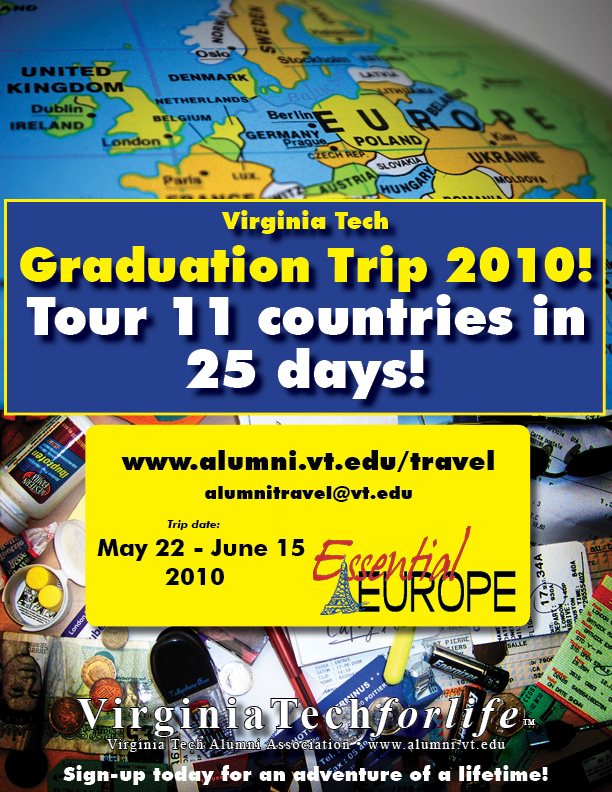
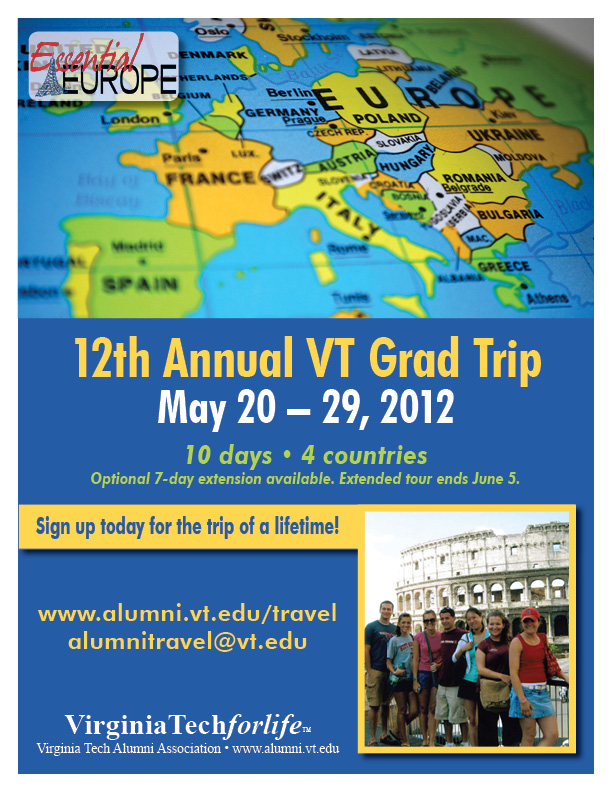
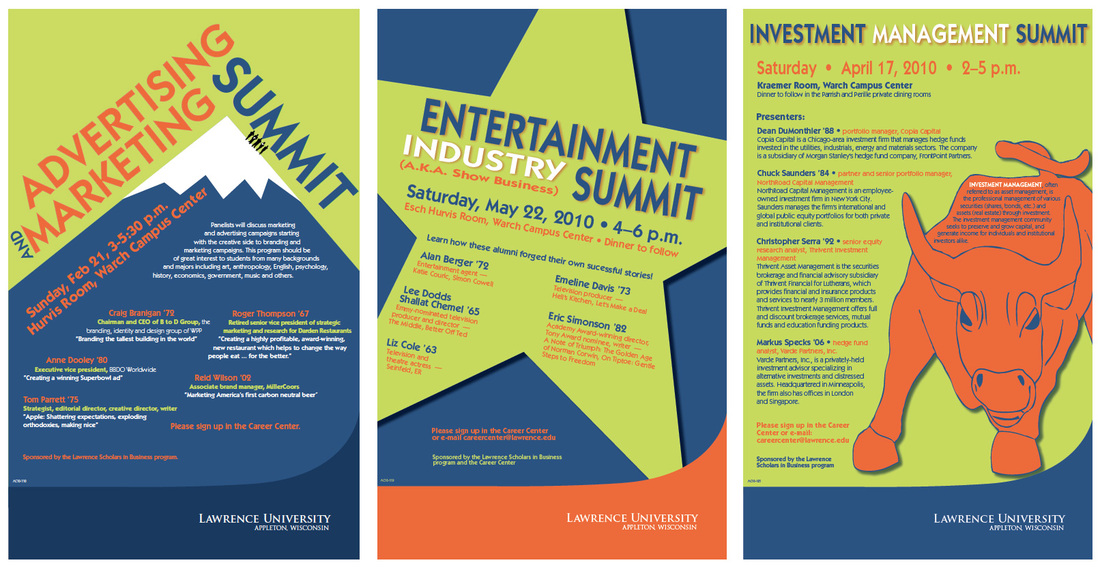
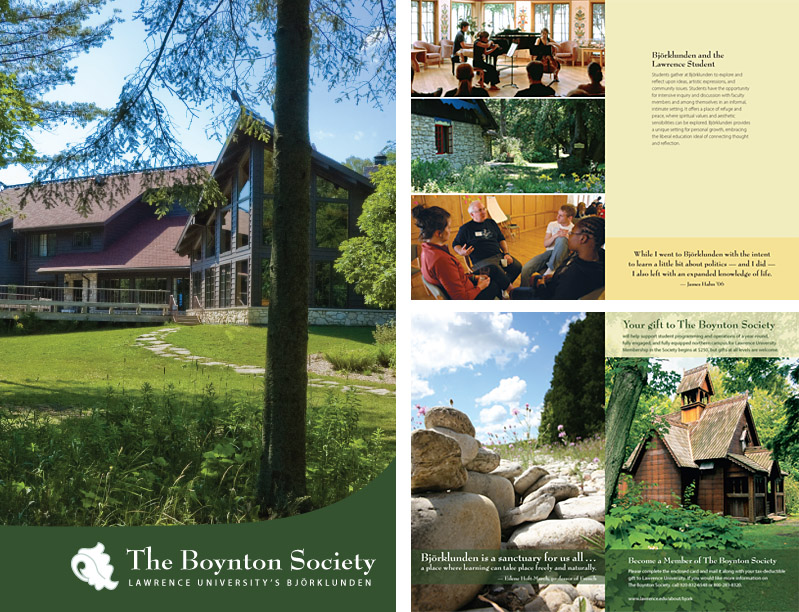
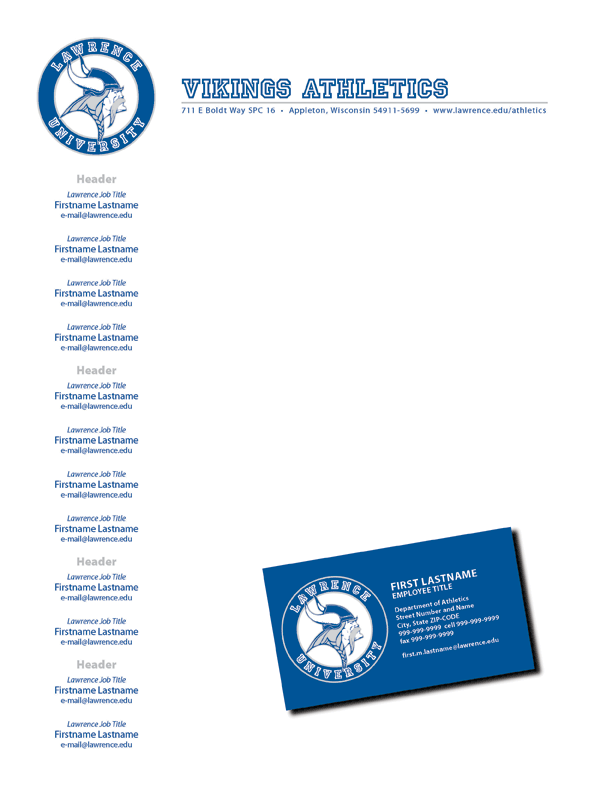
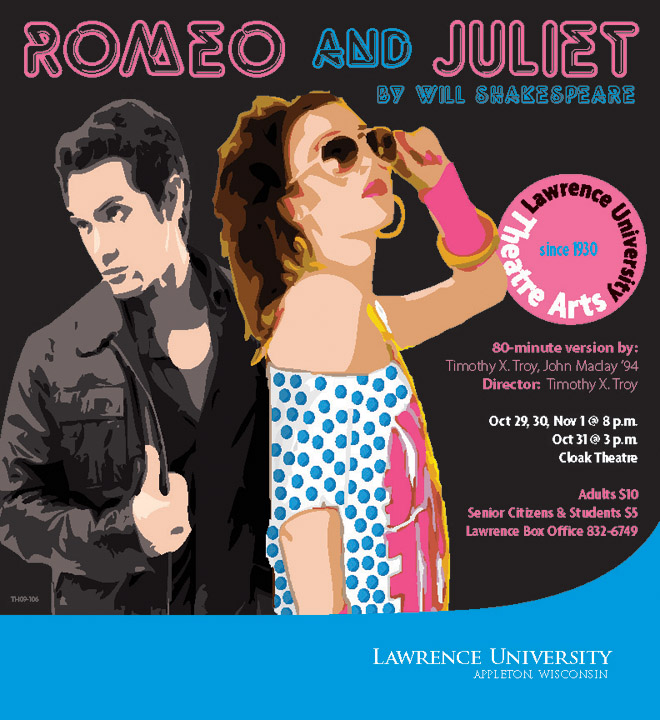
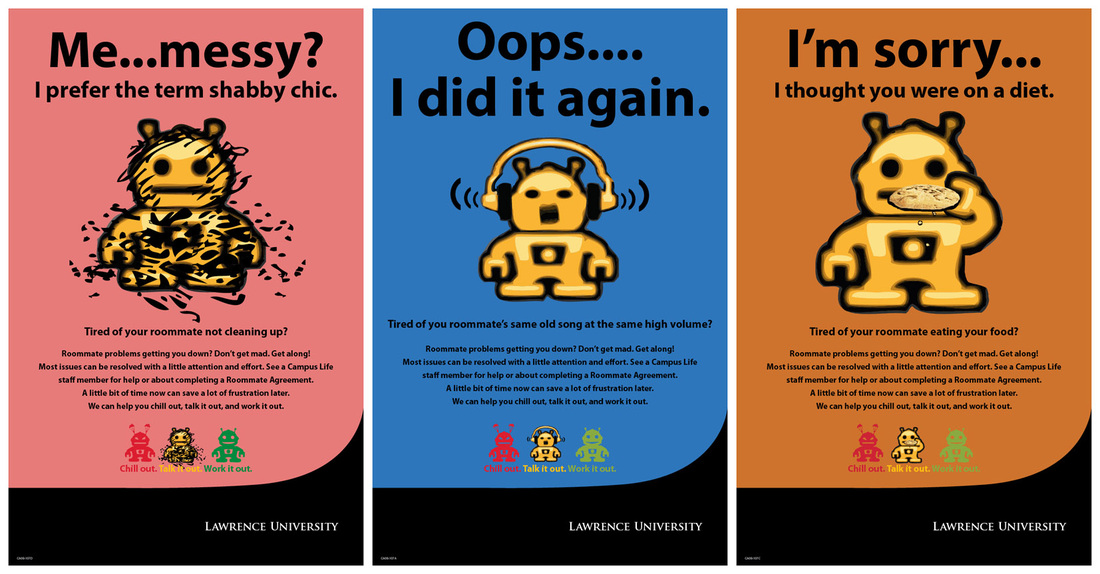
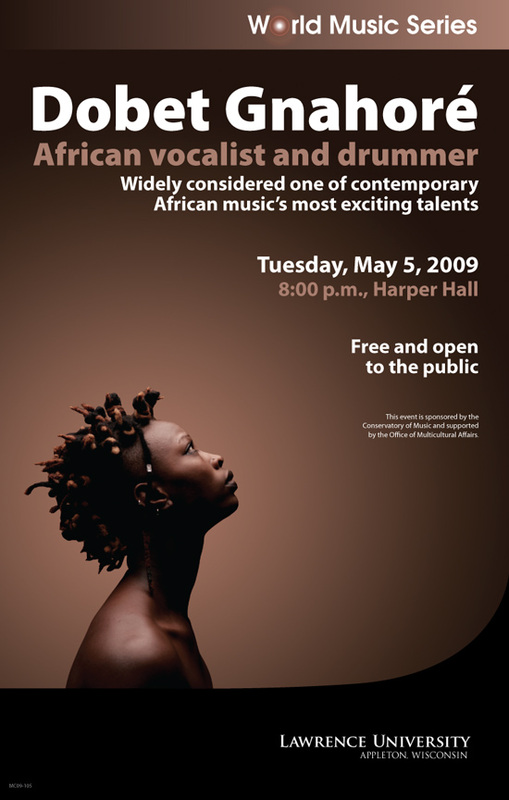
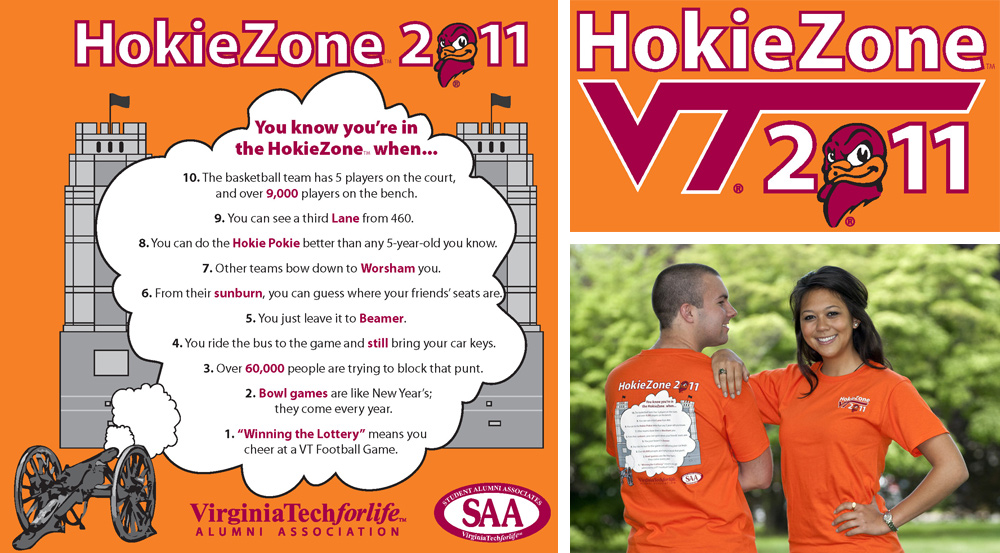
 RSS Feed
RSS Feed